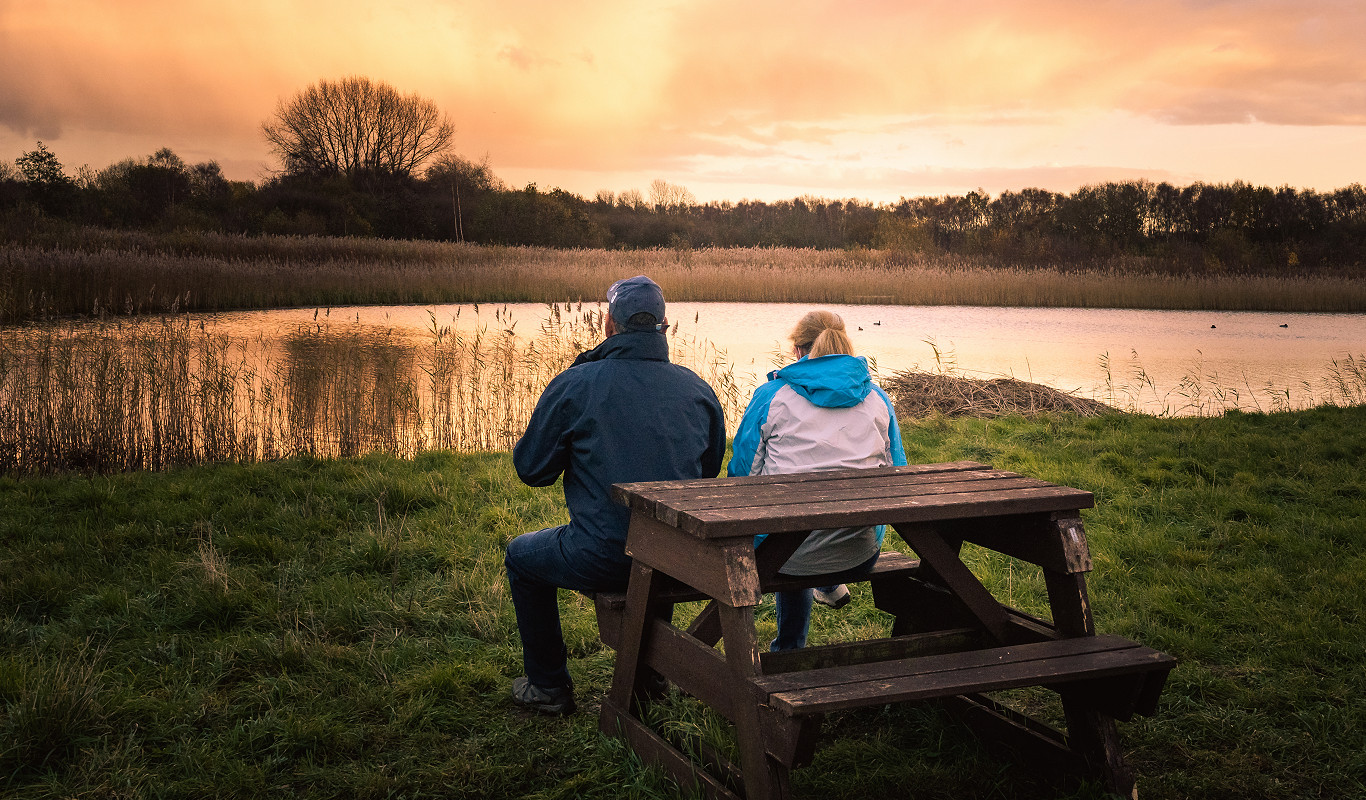
Take a walk on the green side and discover more about Doncaster’s abundant and varied nature reserves and green spaces.
Find out moreThey provide the perfect escape from the hustle and bustle, the opportunity to relax and wander at your leisure, as well as the chance to get up close to some of our most rare and beautiful examples of plant, bird, and animal life.
Here are just a few examples of the stunning outdoor areas we have in Doncaster.
Potteric Carr is an amazing oasis of natural beauty and tranquillity, with surprises to be discovered around every corner. There are over five miles of tracks and pathways for you to explore through the reserve. Many of the paths are suitable for pushchairs and wheelchair users. Here you’ll find a mixed habitat of wetland, reedbed, ponds, woods, hedges, and pastureland that is home to an amazing assortment of birds, including the illusive bittern. There is a café at the reserve so you can relax and enjoy a bite to eat after your walk.
Discover MoreA walk in Sandall Beat wood is like entering a peaceful woodland retreat, brimming full of wildlife. You may be lucky enough to catch a glimpse of a jay or a woodpecker as you follow the woodland paths. There are lots of trails that you can follow, including Covill’s Trail which is a two-kilometre circular path through the wood, and is suitable for wheelchairs and pushchairs. There are also longer circular tracks that you can try out either on foot or on your bike if you are feeling more energetic. The wood has an adventure play area for younger children.
Find Out MoreDoncaster’s diverse landscape is beautifully illustrated by a visit to the picturesque Sprotbrough Flash. Here you will find ancient woodland, a lake, wetland, and grassland all in a very compact area. In the springtime you will see bluebells and violets in the woods and the grassland is home to cowslips and orchids. Birdlife is abundant here with wetland loving birds such as reed buntings, herons, cormorants, ducks, and geese to be found all year round. You may spot a brown hare in the adjacent fields or a basking grass snake in the warmer months. If you fancy a more challenging leg stretch, you can follow the path which runs past the Boat Inn and climb up the side of the Don Gorge to the woodland and return along the path that runs alongside the river Don. Take your time and you may even spot a kingfisher on the riverbank.
Find Out MoreThis is one of the more remote spots to take a walk, but this is more than made up for by what you can see when you visit the UK’s largest lowland raised mire. Here you will find a combination of lakes, ponds, wetland, open scrub, and woodland. The area has a wonderful diversity of plant and animal life. Many of the routes across the peatlands are waymarked and it is advisable to stick to the paths to avoid disturbing the wildlife, including the adders that are regularly seen here. For keen bird spotters the Packard’s Heath area is a place where the rare nightjar can be seen. Visit the Humberhead Peatlands website for more information and downloadable walking trails.
Discover MoreYou are a short distance from the urban centre of South Yorkshire, yet taking a stroll here feels like you far away from the hubbub. The reserve sits on the edges of the river Dearne and is a paradise for wetland and woodland wildlife. Here you can spot great white and little egrets as well as herons and occasional spoonbills. You can walk along the raised embankment to catch splendid views of the wetland birds, including kingfishers and goosander, which inhabit the marshy landscape. You may even spot an avocet or a bittern patrolling the reedbeds looking for food. In the summertime, the reserve is covered with wildflowers, and you will also find many kinds of butterflies and other insects.
Find Out MoreIf you like peace and quiet, this is the perfect spot for a walk. The reserve is situated on the river Don floodplain and is mixture of grassland, ponds, and woodland. This varied mix of habitats attracts a wide variety of wildlife and plants. The woodland areas are home to birds including woodpeckers and willow tits. Climb up the disused railway embankments and you will come across both woodland and open areas, with fantastic views over the reserve. Thorpe Mere is home to herons and ducks, and you may find wading birds here too, such as oystercatchers, and sandpipers.
Find Out More